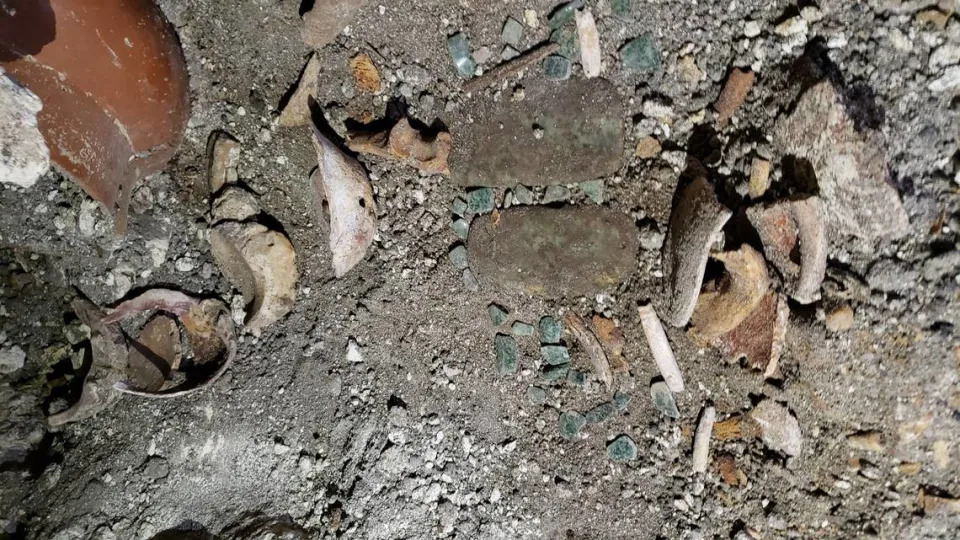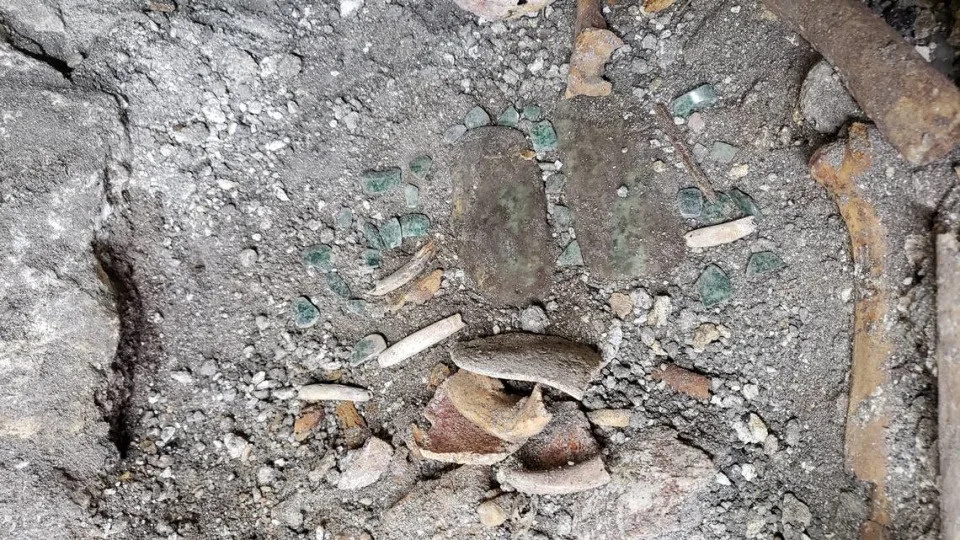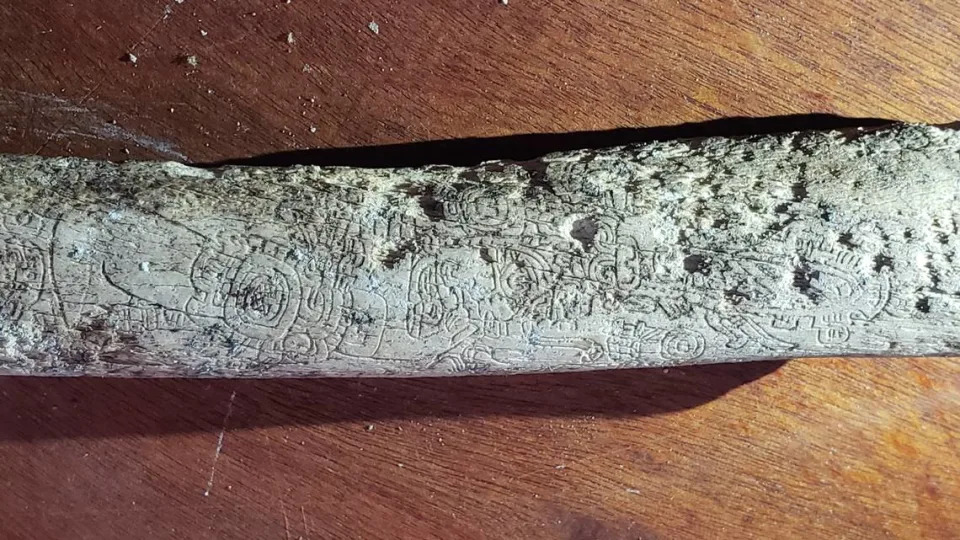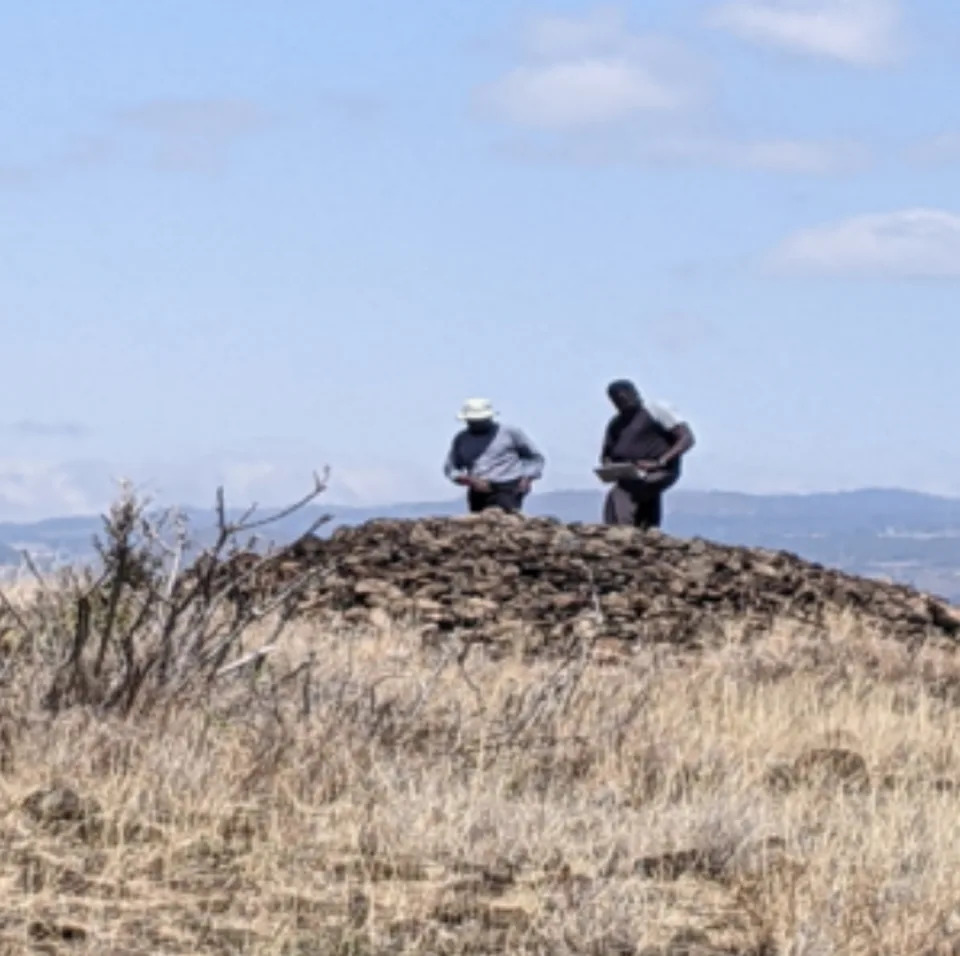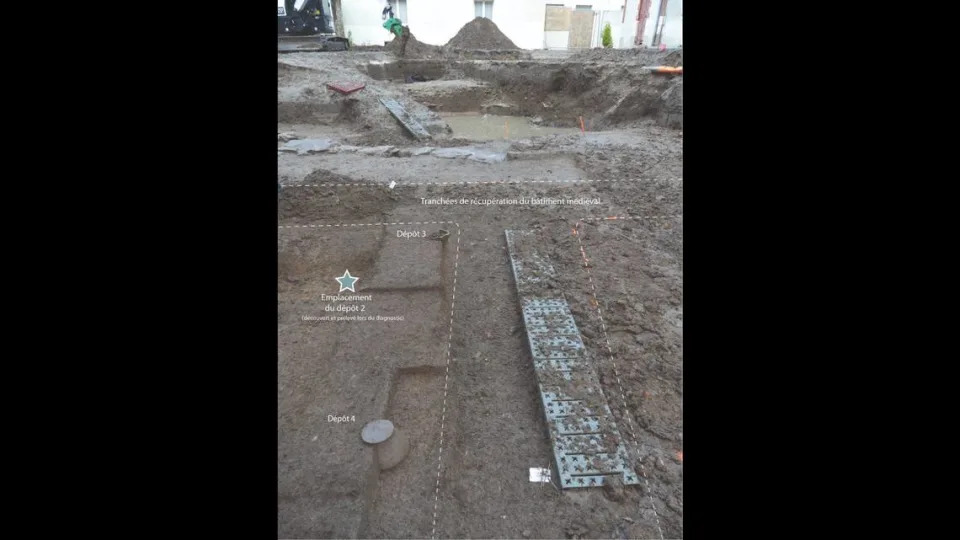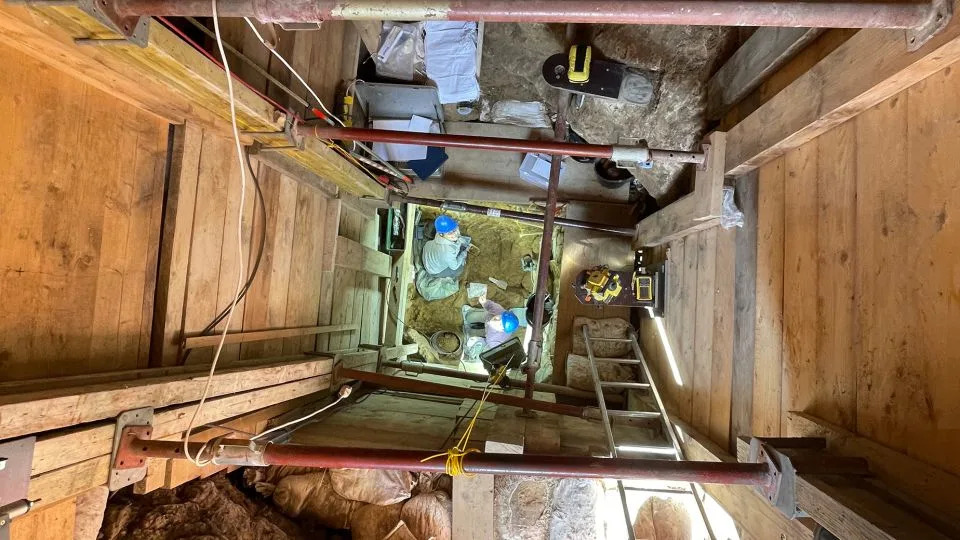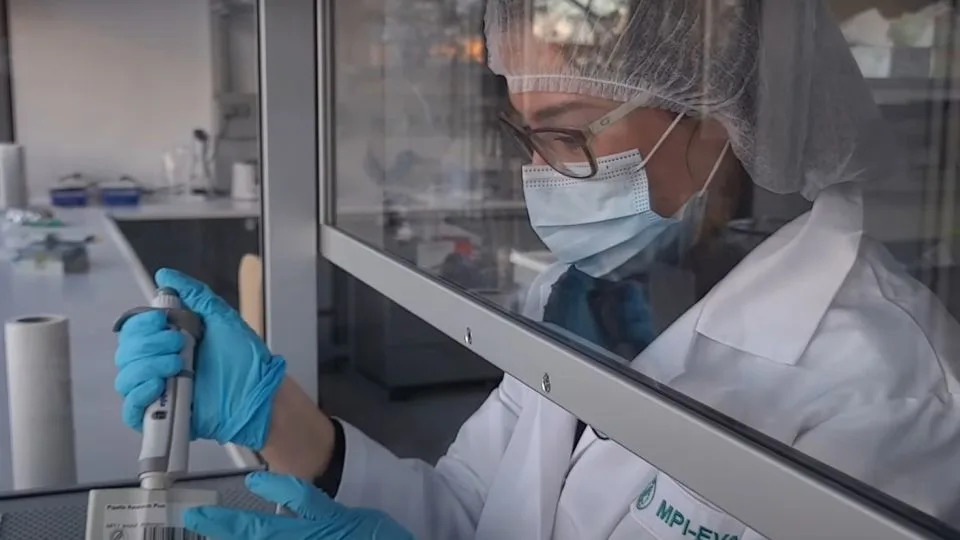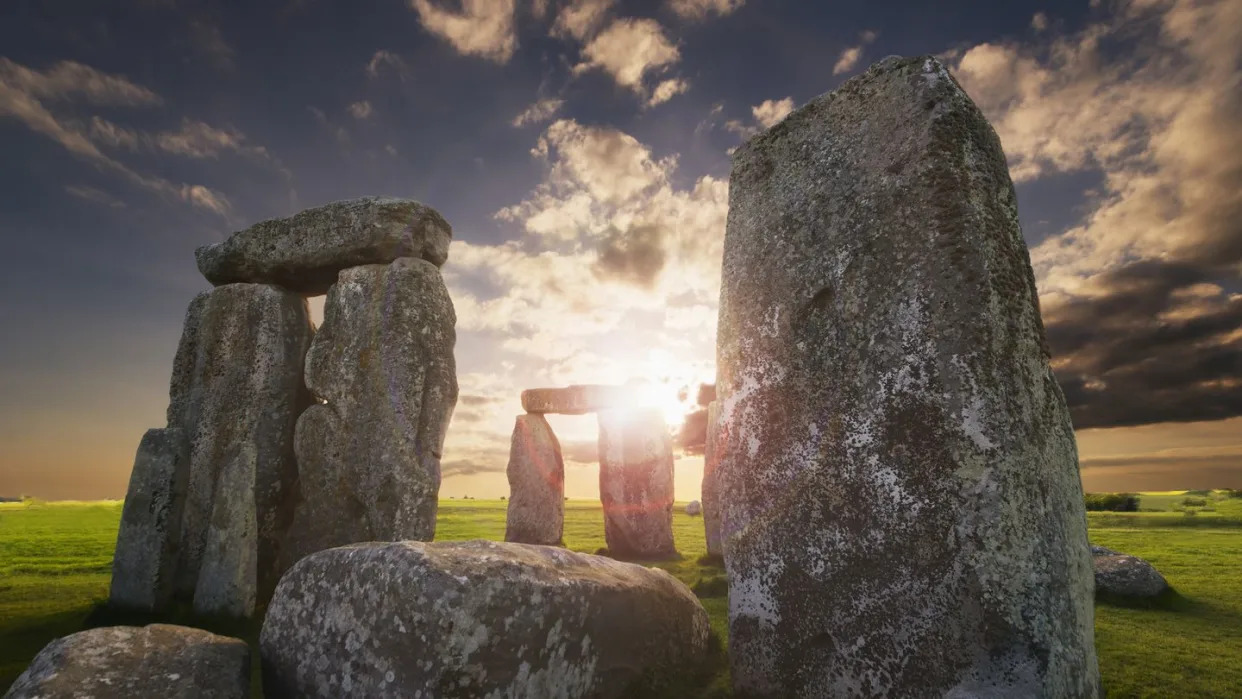Regulation makes crypto markets more efficient
First-of-its-kind research on cryptocurrency finds that the most regulated coins create the most efficient markets.
That crypto regulation, often provided by cryptocurrency exchanges like Binance, can also help protect investors by providing reliable, public information.
“Both small and institutional investors should know, if they invest in coins without any regulation, they may suffer from price manipulation or a severe lack of insider information,” said Liangfei Qiu, a University of Florida professor of business and one of the authors of the new study.
“Instead, they may want to invest in coins listed with platforms that provide some vetted information, which serves as a kind of minimal regulation that protects investors and makes markets more efficient,” he said.
The study is the first to look at how regulation affects the efficiency of cryptocurrency markets. Researchers analyzed a suite of cryptocurrency offerings – from essentially unregulated ICOs, or initial coin offerings, to exchanges setting and enforcing their own rules – and compared the digital currencies to traditional stock exchanges, which are highly regulated by government.
Unregulated ICOs were the least efficient. But initial exchange offerings, another crypto offering known as IEOs, were nearly as efficient as traditional stock initial public offerings, or IPOs. In IEOs, the exchanges set minimum standards and rules and commit to providing investors with trustworthy information about the value of the cryptocurrency.
The exchange-based regulation is entirely voluntary, but could provide guidance to lawmakers who are increasingly interested in providing some crypto regulation to the still-emerging markets.
“If policymakers want to make sure that the market runs well, they need to provide some structure to promote regulation,” Qiu said.
To assess the efficiency of the stocks and cryptocurrencies, Qiu’s team analyzed their variance ratios, a measure of how predictable the future price of an asset is. Economists have long held that future prices of assets are essentially unpredictable – so long as everyone has the same information about the underlying value of those assets. Market inefficiencies, such as insider knowledge, can start to distort the prices, usually at the expense of investors who are out of the loop.
Qiu collaborated with fellow UF Warrington College of Business professors Mahendrarajah Nimalendran and Praveen Pathak and his former doctoral student Mariia Petryk, now a professor of business at George Mason University. Their study is forthcoming in the Journal of Financial and Quantitative Analysis.
JOURNAL
Journal of Financial and Quantitative Analysis
METHOD OF RESEARCH
Data/statistical analysis
SUBJECT OF RESEARCH
Not applicable
ARTICLE TITLE
Informational Efficiency of Cryptocurrency Markets
.jpg)


